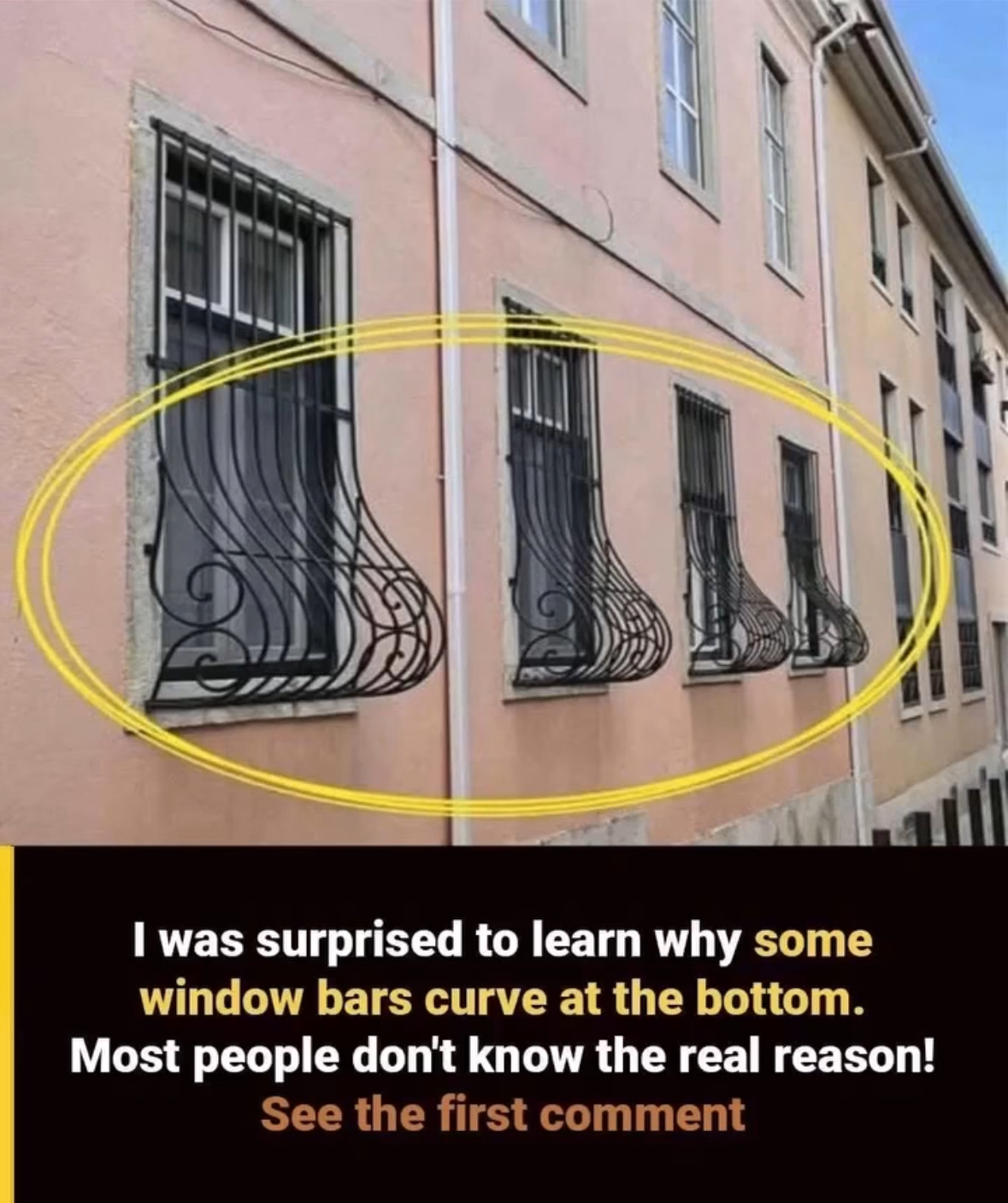If you’ve ever seen window bars that curve outward near the bottom, you might have paused and wondered about their purpose. These unique designs, often called “potbellied” window bars, have more depth to them than meets the eye. While they certainly add charm to older buildings, their shape wasn’t created just for style — it has a long, thoughtful history behind it.
Window bars first became popular as a way to keep homes safe while still letting families enjoy fresh air and sunlight. Originally, most bars were flat and placed tightly against the wall. But in busy neighborhoods where homes sat close together, space was precious. Over time, people began shaping the bars outward. This simple curve added just enough room to place flower pots, dry small items, or lean out slightly to greet neighbors passing by.
In many communities, these curved bars became a symbol of everyday connection. They acted almost like tiny balconies, offering a little extra breathing room in homes where space was limited. In places where windows served as the primary connection to the outside world, that extra curve meant more sunlight, more conversation, and more life lived close to the street.
Today, these designs still appear in historic districts around the world, standing as quiet reminders of creativity born from necessity. They reflect a blend of practicality and warmth — proof that even security features can carry stories of community and clever design. The next time you see one, you’ll know it represents more than protection; it holds a small piece of history shaped by people making the most of the world around them.
